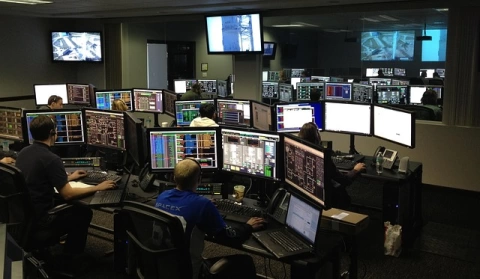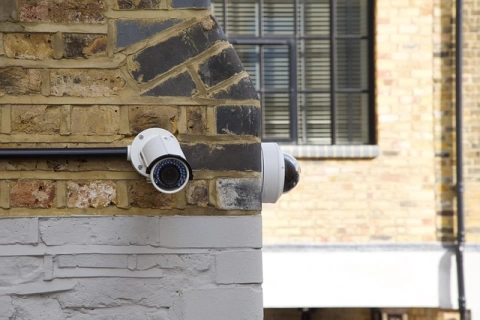Advance CNN Deep Learning Based Face Detection and Recognition Models
The models RatinaMobileNetv1, ResNet50, and YuNet are among the facial recognition models that have been created utilizing deep learning approaches. Below is a description of each:
This face detection model, known as RatinaMobileNetv1, is built on the MobileNetv1 architecture, which is designed with portability in mind. To find faces at various scales, it employs anchor boxes and a feature pyramid network. The model is excellent for real-time applications since it is lightweight and quick.
ResNet50: This facial recognition algorithm is built on the ResNet architecture, which makes advantage of residual connections to enhance deep neural network training. The ResNet50 model provides cutting-edge performance on benchmarks for face identification after being trained on extensive face recognition datasets like VGGFace2.
YuNet: This is a face alignment and detection model that makes use of a simplified CNN architecture. It is divided into two stages: a stage of coarse detection and another of fine alignment. The model is appropriate for real-time face recognition applications since it is built to be quick and precise.
Other face recognition models have also been created utilising deep learning methods in addition to these models, such as:
FaceNet is a face recognition model that learns a high-dimensional embedding space for facial pictures using a triplet loss function and a siamese network architecture. The model provides cutting-edge performance on face identification and verification tasks after being trained on extensive face recognition datasets like CASIA-WebFace.
DeepID: This model for recognising faces use a deep convolutional neural network to learn distinguishing characteristics. The model delivers good accuracy on face identification standards and was trained on expansive face recognition datasets like LFW.
SphereFace: This face recognition model learns a distinct feature space for facial pictures using a large-margin softmax loss function. The model delivers cutting-edge performance on benchmarks for face identification thanks to training on big face recognition datasets like MegaFace.
In general, the unique use case and requirements—such as accuracy, speed, and model size—determine the face recognition model to be used. In order to select the optimal model for a certain application, it is critical to compare the performance of several models on the pertinent benchmarks and datasets.















Send Query